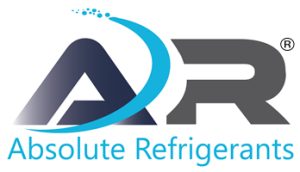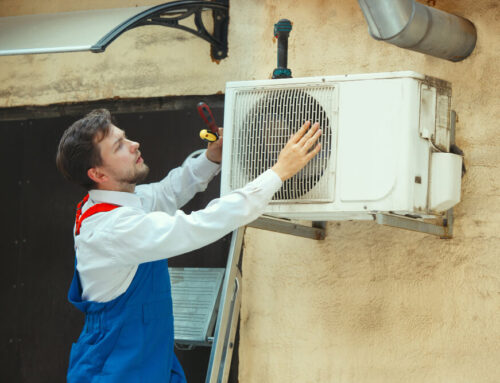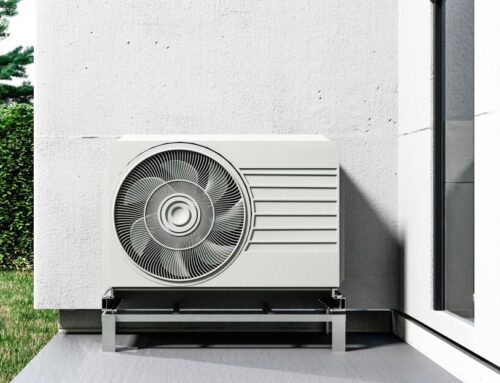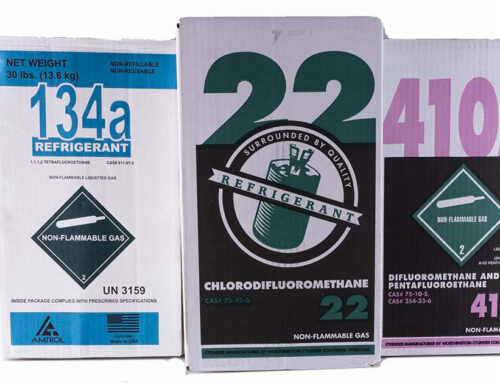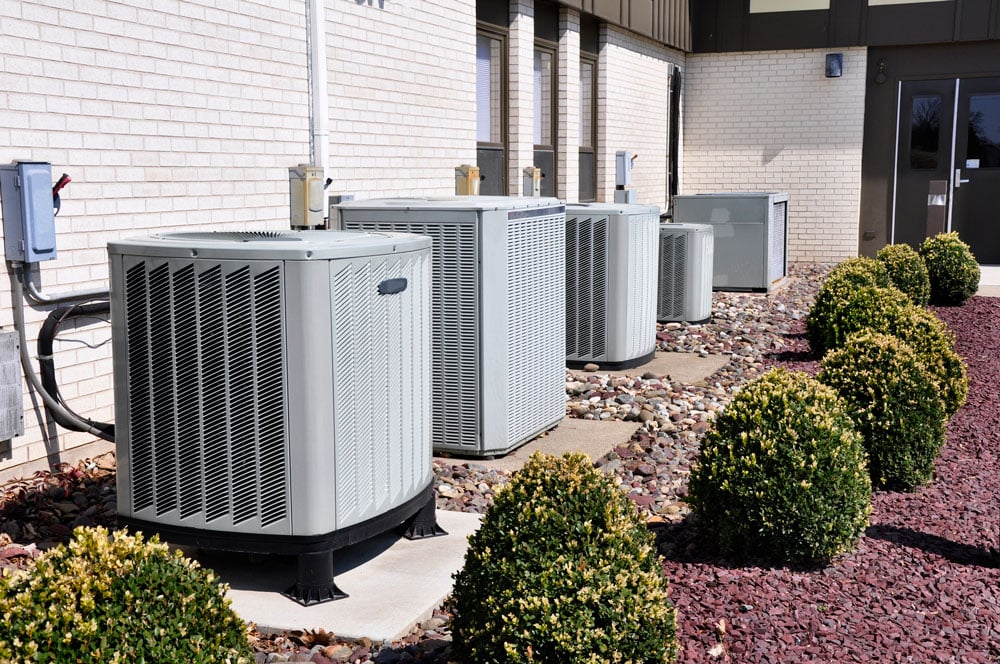
What is the Most Common Refrigerant Used in Air Conditioners in 2022 by Absolute Refrigerants
Want to know what is the most common refrigerant used in air conditioners? Choosing the best air conditioning refrigerant is very important when it comes to heating and cooling your home. There are many different types of refrigerants available and it can be difficult to determine which one is right for your home. Some of the most popular types are R-134a, R-410A, and HCFC-22.
HCFC-22 Refrigerant
HCFC-22 (R-22) Refrigerant is one of the most popular refrigerants used in air conditioning systems. For decades, it was the most common refrigerant in residential systems. However, a new class of ozone-friendly refrigerants has been introduced. These new refrigerants reduce the carbon footprint of the systems they replace, and they are more energy-efficient.
The Environmental Protection Agency (EPA) has announced a phase-out plan for HCFC-22. The phase-out includes the production, use, and import of HCFC-22. The phase-out began in 2010 and will continue until 2030.
The EPA’s plan calls for 99.5 percent of HCFC-22 usage to be phased out by 2020. However, the final phase of the plan will begin in January of 2030. The EPA has also compiled a list of acceptable substitutes for banned HCFCs. These substitutes include R-410A.
HCFC-22 is one of the chemicals that deplete the ozone layer. It also contributes to global warming. The ozone layer helps protect the Earth from solar radiation.
R-410A Refrigerant
Until recently, the most common refrigerant used in air conditioning systems was R-22. R-22, which is also known as Freon, was known to accelerate greenhouse gases and was also ozone-depleting. It was also subject to a moratorium on import and production. Thankfully, R-410A was discovered as a replacement and was soon the most common alternative to R-22.
R-410A has been found to be less damaging to the ozone layer than R-22 and is considered safe for the environment. In addition to this, R-410A is a more efficient refrigerant. This allows for smaller, more efficient air conditioning systems. R-410A refrigerants are also quieter and improve heat pump performance.
Using R-410A is an easy way to save money over the long term. However, if you are planning to replace your air conditioning system, you should be aware of the phase-out of R-22. The Environmental Protection Agency has issued a directive to phase out R-22. This phase-out will lead to the substitution of R-410A in 2022.
R-134a Refrigerant
Originally developed to replace R-12 in car air conditioning systems, R-134a is now used in many industrial and commercial refrigeration applications, including water coolers and heat pumps. As a hydrofluorocarbon (HFC), it is an efficient, non-flammable, and environmentally friendly refrigerant. R-134a is also a propellant and is used in many pharmaceutical applications.
It is possible to convert your existing R12 system to R-134a. However, this is not a simple task. It involves a complete redesign of the system to include a new compressor, hoses, seals, and charging fittings. It also involves the evacuation of the system, including the removal of the clutch wire. A professional air conditioning technician should complete the job.
In order to convert your system to R-134a, it is important to remove all of the old oil and metal particles from the system. This is because the oil is dissolved in the liquid refrigerant and carried through the system as a fine particulate mist.
CO2 Refrigerant
During the first half of the 20th century, carbon dioxide was the most common refrigerant used in air conditioners. It was popular in the shipping and theater industries, as well as in human-occupied spaces. It was later replaced by manmade chemicals.
In the last few decades, carbon dioxide has been making a comeback. Many manufacturers have invested in carbon dioxide refrigeration systems. A few companies are even using it in heat pumps. Compared to other conventional refrigerants, it is relatively cheap and readily available. Moreover, the refrigeration cycle of CO2 is more efficient. This can contribute to improved energy efficiency.
Another key feature of CO2 is its adiabatic index. In other words, the temperature rises slowly, making it easier to reclaim heat. Unlike other refrigerants, carbon dioxide will not decompose into toxic gases at high temperatures. This makes it perfect for automotive air conditioners.
Another reason why CO2 is a good refrigerant is its high vapor pressure. This high pressure allows for a lower volume of refrigerant. Consequently, the size of an air conditioner can be reduced. This also makes the whole system compact.
About Absolute Refrigerants
Absolute Refrigerants has been assisting contractors, suppliers, and homeowners nationwide since 2015. All of our refrigerants are produced in the United States by major manufacturers. We have a strong customer service focus that is not often found within the HVAC industry.
Absolute Refrigerants serves residential and commercial air conditioning customers in the United States. Our company only handles quality products. The company has a strong customer service focus not normally found within the HVAC industry. Every customer is valued and treated with importance, no matter the size of the job!
